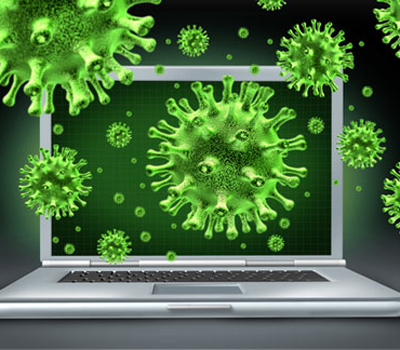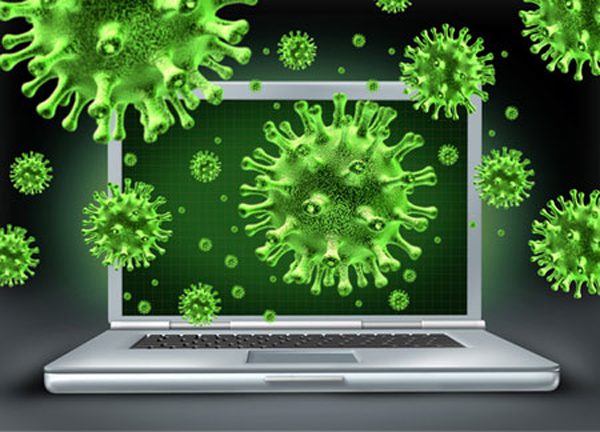What Is Malware? How It Can Affect Your Computer
Malicious software is what makes the Internet a dangerous place to roam unprotected.


The Internet is no longer the safe place it was many years ago. Malware, or malicious software, is on the rise and can be found in all corners of the Internet. By simply navigating to a website or opening an email, you are at risk of infecting your computer.
Malware takes the form of code, scripts, content and even legitimate software to obtain access to your computer and the personal information it houses.
MORE: 7 Computer-Security Fixes to Make Right Now
Types of malware
Malware is the umbrella term used to describe many different types of malevolent software. Computer viruses, computer worms, Trojan horses, rootkits, spyware and adware are all different varieties of malware, each of which interacts with your computer in a different fashion.
Regardless of what form they take, each piece of malware exploits weaknesses in your computer software to gain access for a variety of purposes.
The goal of malware
Get instant access to breaking news, the hottest reviews, great deals and helpful tips.
Pranksters and malicious hackers alike write tens of thousands of new malicious applications daily, for a variety of reasons. Pranksters simply want to see the havoc their programs can wreak, or want to get a special message out. Hackers do it to further their reputations, disrupt operations or gather private information.
On the personal-computer level, malware can steal information valuable to identity thieves, such as Social Security numbers, credit card information, email addresses and passwords.
Many hackers design malicious software with the goal of making money. Certain malware applications disguise themselves as legitimate applications, or even fake antivirus applications, in order to gain access to your computer. The fake antivirus software generates pop-up windows telling you your computer is infected, and that only by buying its bogus products will you be clean.
Keystroke logging is when a piece of malware tracks every keystroke you make on your computer’s keyboard. Based on the keystrokes, hackers are able to pick out login IDs and passwords to bank accounts and whatever other websites you may be visiting.
A botnet is a network of computers working together over the Internet. Many piece of malware infect computers and draft them into botnets to be used as part of a spam campaign — to send spam emails throughout the world — or a distributed denial-of-service attack, which repeatedly loads a website with bogus requests with the intention of making it unreachable.
Protecting against malware
Firewall software and antivirus software are two defenses against malware. Windows offers its own built-in firewall and antivirus protection, though one of the mistakes computer users make is to turn off the built-in firewall and antivirus software provided with Windows.
Unless you are using other antivirus software with a firewall function, these features should never be turned off. Instead of using Windows' firewall and antivirus protections, many users purchase third-party software for increased levels of protection. These applications index the countless malware applications that exist and act as a barricade against infiltration.
Follow us @TomsGuide, on Facebook and on Google+.
